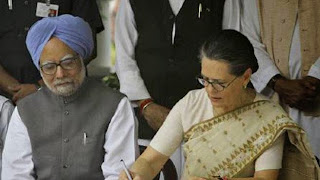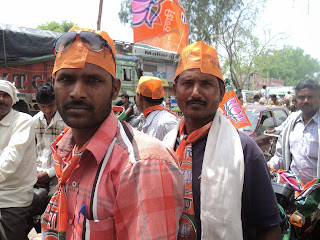Caste Census Row: At Press Meet, Rahul Gandhi Asks Media "How Many Of You OBCs?"
"I will ask you how many Dalits are there in this room, look at this, how many OBCs are there in the room, raise their hands and see...there's a cameraman, I am not talking about you, I am talking about you (gesturing towards journalists)," Rahul Gandhi said.
"This is the question, how many Dalits, tribals and OBCs are there in institutions, what is their wealth, share in assets and their population," he said.
Rahul also slammed the BJP's criticism of the Congress over its caste census demand and said, "We are asking how many poor people are there in the country. So this (BJP criticism) is just about distraction." Flanked by the party's chief ministers in four states, Mr Gandhi also said the decision of the CWC to support a caste census is a "very progressive" and "powerful" step for the emancipation of poor people.
The Congress leader has announced the grand old party's decision to do caste census in Himachal Pradesh, Karnataka, Rajasthan and Chhattisgarh - states where Congress is in power.
A video of the same was shared on X by Congress, where the party claimed that not a single person raised their hand in response to Rahul's question.
Post 2019 elections when Narendra Modi returned to power with an enhanced mandate, a question was raised ---
Has the politics of the BJP with its strong backing for 'Hindutva' and 'nationalism' completely defeated post-Mandal politics and its social justice legatees?
Well, while it is true that the BJP-RSS machinery led by Prime Minister Modi has redefined India’s political consensus with a growing inclination towards aspirational, religious nationalism and support for strong leadership; the caste factor probably still existed.
Closer scrutiny would reveal that the election results highlight a crucial trend in the BJP’s brand of politics in successive parliamentary elections in 2014 and 2019 and the assembly elections of Uttar Pradesh in 2017 and also in 2022.
Maybe it should be understood effectively that the 'image makeover' of Namo as a leader of the other backward classes (OBCs) and his evocation of the BJP as a catering to OBCs and non-Yadav other OBCs and non-Jatav smaller and 'lower strata' communities actually brought about a sea change. It is also true during 1990s and during the heydays of Atal Bihari Vajpayee and L K Advani days -- a backroom 'well calculated' game was played.
In the 1990s, the BJP, touted to be a party of upper castes of Brahmins and Baniyas embarked on a process of 'uplifting backward caste leaders' and giving them prominence in the party.
Kalyan Singh in Uttar Pradesh and Uma Bharti in Madhya Pradesh became most prominent caste-equations duo.
In 2001, Narendra Modi became Chief Minister in Gujarat and incidentally he happened to be a Ghanchi, OBC leader. Though in Gujarat the basic narrative is Hindutva, Modi being an OBC helped in some pockets.
It is not without good reason that BJP ideologue K. Govindacharya and even others defined this stage as BJP’s own version of social engineering.
In the second phase of BJPs phenomenal rise under Narendra Modi, the party’s social engineering experiment has hinged on the involvement of hitherto less dominant castes and sub-castes, thereby trumping the traditional practitioners of caste politics in India.
There is of course a fact of the matter that BJP’s strategy delves on the idea of ‘Samagra Hindutva’ (all Hindu forces) which ultimately seeks to integrate OBCs and scheduled castes within the Hindutva fold and also promote the concept of Sabka Saath, Sabka Vikas as well a strong 'Hindu-nationalist leader' narrative.







No comments:
Post a Comment